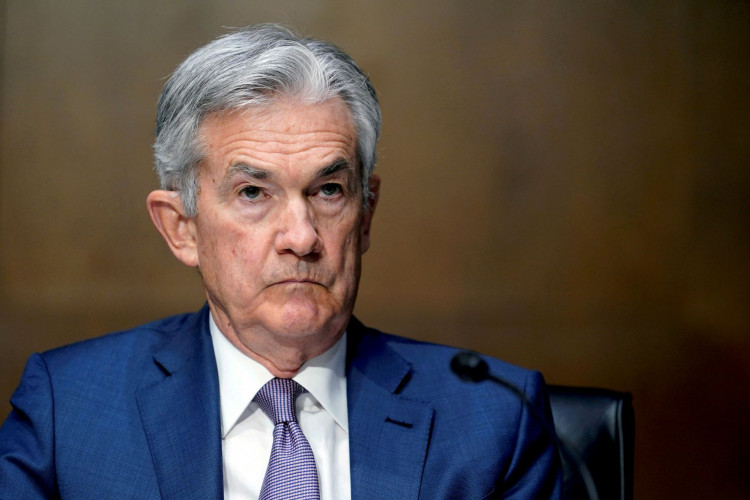Federal Reserve Chair Jerome Powell signaled on Tuesday that interest rates are likely to remain at their current high levels for an extended period, citing a lack of progress in bringing inflation back to the central bank's 2% target. Speaking at a policy forum focused on U.S.-Canada economic relations, Powell emphasized that while the U.S. economy remains strong, recent data indicates that achieving the Fed's inflation goal may take longer than previously anticipated.
"More recent data shows solid growth and continued strength in the labor market, but also a lack of further progress so far this year on returning to our 2% inflation goal," Powell stated during the panel discussion. His comments echo recent statements by other Fed officials, suggesting that the current level of policy will likely remain in place until inflation shows more substantial signs of cooling.
Since July 2023, the Fed has maintained its benchmark interest rate within a target range of 5.25%-5.5%, the highest level in 23 years. This followed a series of 11 consecutive rate hikes that began in March 2022. Powell noted that the Fed's preferred inflation gauge, the personal consumption expenditures price index, showed core inflation at 2.8% in February and has remained relatively unchanged over the past few months.
"We've said at the [Federal Open Market Committee] that we'll need greater confidence that inflation is moving sustainably towards 2% before [it will be] appropriate to ease policy," Powell said. "The recent data have clearly not given us greater confidence and instead indicate that it's likely to take longer than expected to achieve that confidence."
Financial markets have had to adjust their expectations for rate cuts this year in response to the recent inflation data. At the beginning of 2024, traders in the fed funds futures market had anticipated six or seven cuts, starting as early as March. However, as the data has evolved, expectations have shifted to one or two reductions, assuming quarter percentage point moves, and not beginning until September at the earliest.
In their March update, FOMC officials indicated that they foresee three cuts this year. However, several policymakers have recently stressed the data-dependent nature of their decisions and have refrained from committing to a specific level of reductions.
Fed Vice Chair Philip Jefferson echoed Powell's sentiments in a separate speech on Tuesday, stating that it would be appropriate to hold rates steady for longer "if incoming data suggest that inflation is more persistent than I currently expect it to be."
The U.S. economy remains strong, with historically low unemployment and robust consumer spending, allowing the Fed to take more time before considering rate cuts. "If higher inflation does persist, we can maintain the current level of restriction for as long as needed," Powell said, adding that the central bank has "significant space to ease [interest rates] should the labor market unexpectedly weaken."
Financial markets have responded notably to signs that inflation might take longer to subside, a prospect that could delay the rate cuts signaled by Fed officials as recently as March. The odds of the Fed keeping rates on hold at its June meeting continued to rise following Powell's speech, with CME's Fedwatch tool estimating an 85% chance, up from 40% just a week ago.






